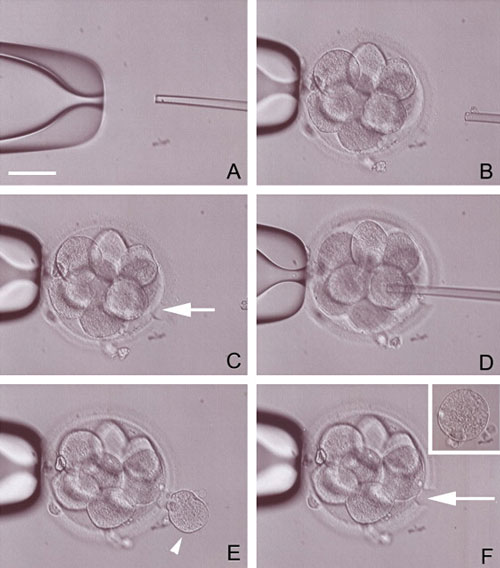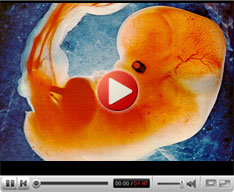
Know Infertitlity
Infertility treatments
Diagnosing InfertilityMale:
Obstetrics and Gynaecology
Infertility Treatment Services
Andrology |
Laser Assisted Embryo HatchingLaser assisted hatching is a technique that can significantly enhance the rates of implantation/pregnancy by ensuring the embryos hatch from its protective outer shell, the zonapellucida, and implant in the uterine wall post embryo transfer. This method makes use of a highly focused infrared laser beam which removes a very small section of the zonapellucida or the outer wall of an embryo very precisely. It is believed that the embryo can then hatch more easily through this hole and greatly increase the chances of embryo implantation. Laser assisted hatching is carried out just before the embryo transfer procedure and can be performed on embryos at the early cleavage stages (that is two or three days after the egg collection) or at the blastocyst stage (five or six days after the egg collection). 
Suitable candidates for laser assisted hatchingLaser-assisted hatching (LAH) is ideallynot recommended for all in-vitro fertilization patients. Several factors need to be considered while determining ideal candidates for laser-assisted hatching. These include:
Advantages of LAH include:Laser assisted hatching far more superior when compared to chemical and manual hatching. Women who have undergone several IVF treatments without a successful outcome can significantly increase their chances of pregnancy by use laser assisted hatching technique. This technique requires very little handling of the embryo when compared to other assisted hatching methods Laser-assisted hatching is much faster than the other techniques. Hence the time an embryo spends outside the incubator is comparatively less Risks of Laser assisted hatchingThe risks of laser assisting hatching are similar to the risks when using chemical or mechanical methods. These include potential damage to the embryo and increased chances of monozygotic (identical) twinning. |
Our TeamNews & EventsClinic LocationVideo Gallery |















